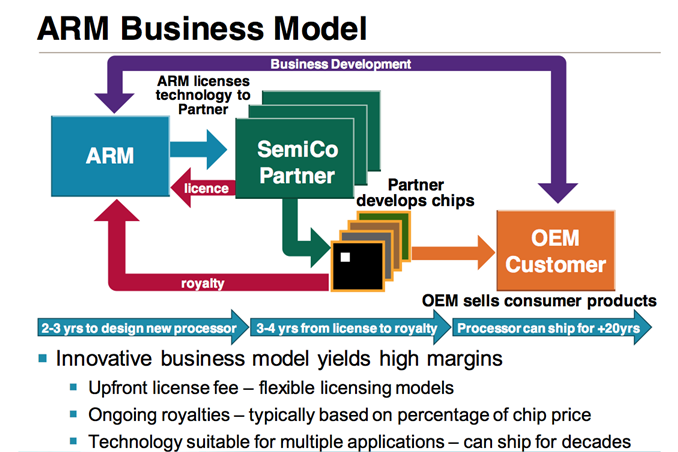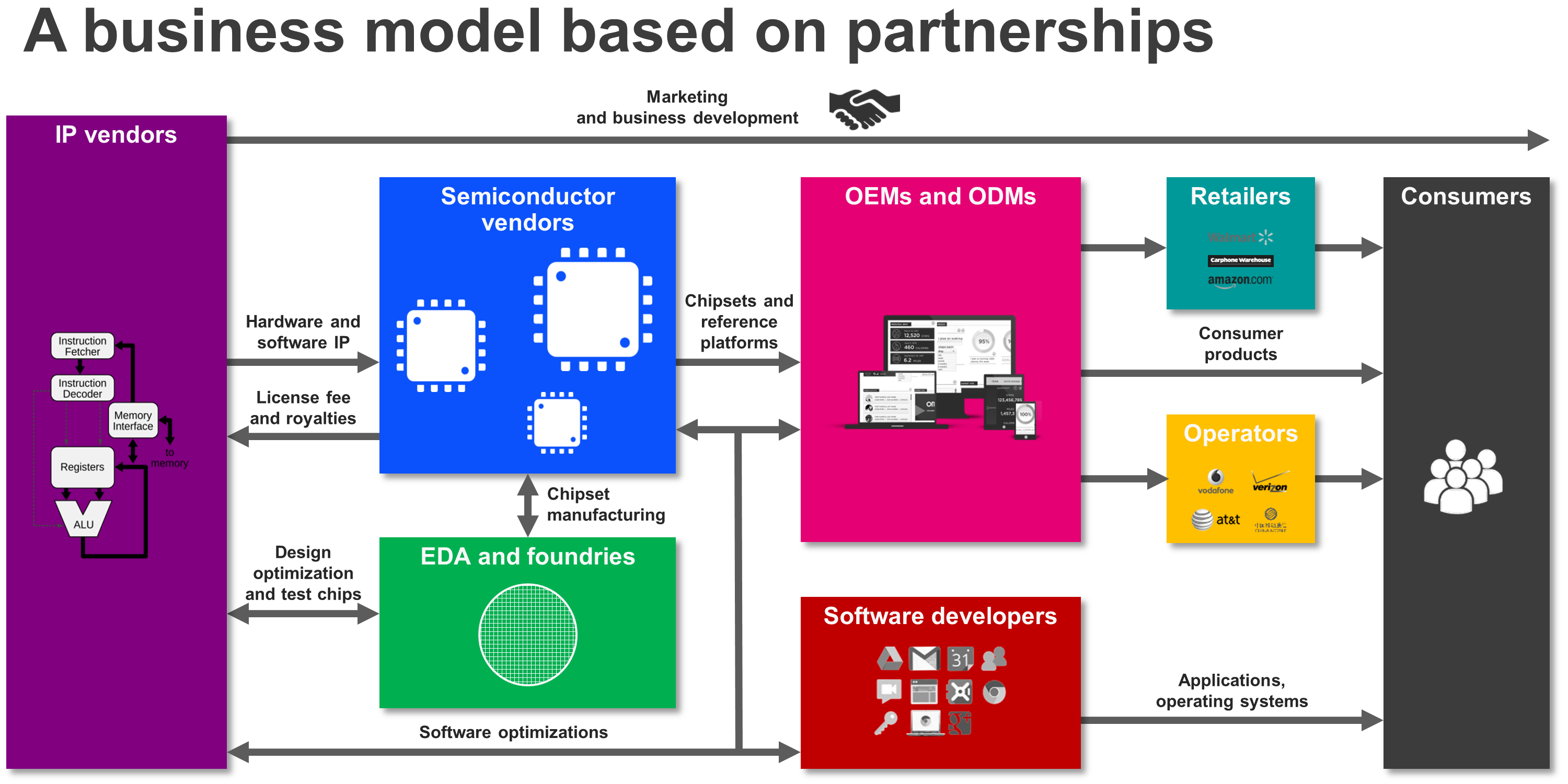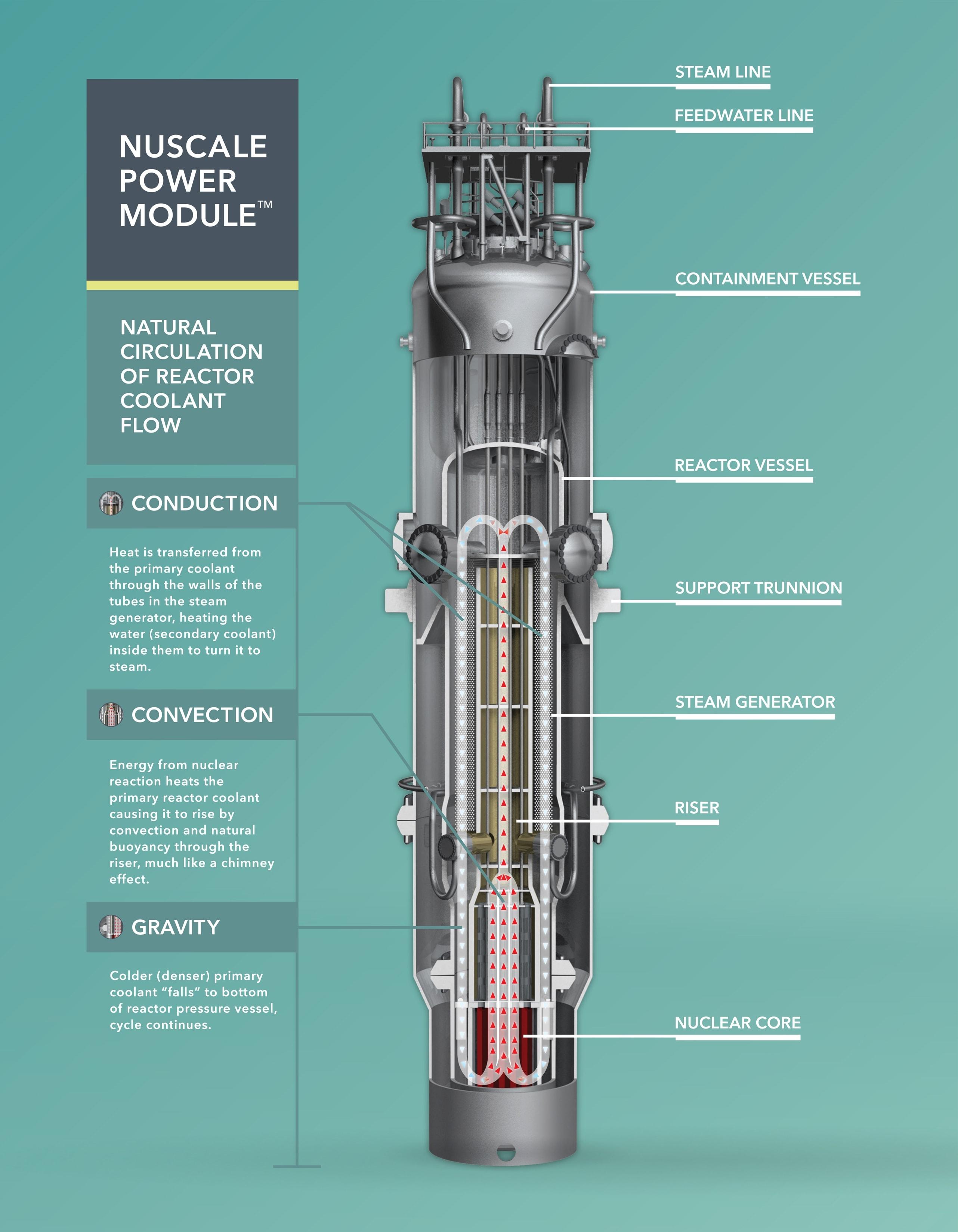
In this course, we explored engineering technology, engineering practice, trade-offs and decisionmaking, and the impacts on society. The course was structured around specific engineering products/processes and the physical principles behind them, through which we will discuss the practice of engineering. Additionally, we as students applied our own disciplinary background to the analysis of engineering work/projects/perception, particularly as pertains to the public and commercial realm. This prepared us as students who will interact with engineers professionally, and in this course, it provided context and background that we may draw upon in our future careers. For all students, the course provided background
knowledge for understanding and evaluating engineering projects and decisions in their role as informed citizens for the purpose of civic engagement and commercial projects.
The course was taught in 5 modules. The first module will be an introduction to the course and to engineering. The subsequent four technical modules were themed around a case study of a particular engineering product, process, or technology. Each technical module included paired content covering some aspect of engineering practice – design, problem-solving, environment, etc. – and some insight into trade-offs inherent in engineering, and how they affect decision-making, as well public discourse on engineering topics.
The course was taught by 5 professors with varying backgrounds in engineering:
- Dr. Agnes d’Entremont, Mechanical Engineering
- Dr. Jonathan Verrett, Chemical and Biological Engineering
- Dr. Juan Abelló, Mechanical Engineering
- Dr. Cristian Grecu, Electrical and Computer Engineering
- TA: Sarah Crosby, Mechanical Engineering
The modules were:
- Module 1: Introduction to Engineering (tech-principles, trade-offs, GNATT)
- Module 2: Carbon dioxide (sustainability and carbon-capturing technologies) (Dr. Verrett)
- Module 3: Total hip replacements (structures and biomechanical eng. ) (Dr. d’Entremont)
- Module 4: Smartphones (consumer products and the business cycle) (Dr. Grecu)
- Module 5: Energy (energy conversion and the environment) (Dr. Abelló)
Basic CPU structure:



My final project revolved around nuclear energy and proving the commercial viability and potential profit of the business sector and of provinces/federal government from emerging Nuclear SMRs (Small Module Reactors). The project was done with a team and I was placed in an active leadership role. The final outcome of the project was a high A.


After taking this course, I learned how the engineers, public officials, and business executives all intersect to create amazing products and processes that we as a society use. We delved into broad engineering areas and then narrowed in on specific products and projects. We learned about everyday-technology products such as smartphones, iPhones, CPUs, transistors, cybersecurity, etc to more complicated areas such as global energy alternatives to bioaugmentation products, and robotics.
This was a fantastic course in learning how to apply engineering technical principles, trade-offs, and merging legislation and business with it. Those three areas must be combined and balanced out correctly otherwise if one fails then the project or product fails (or has serious complications).
Going forward with my future endeavors, I will certainly carry this course with me into business projects that I will be doing.